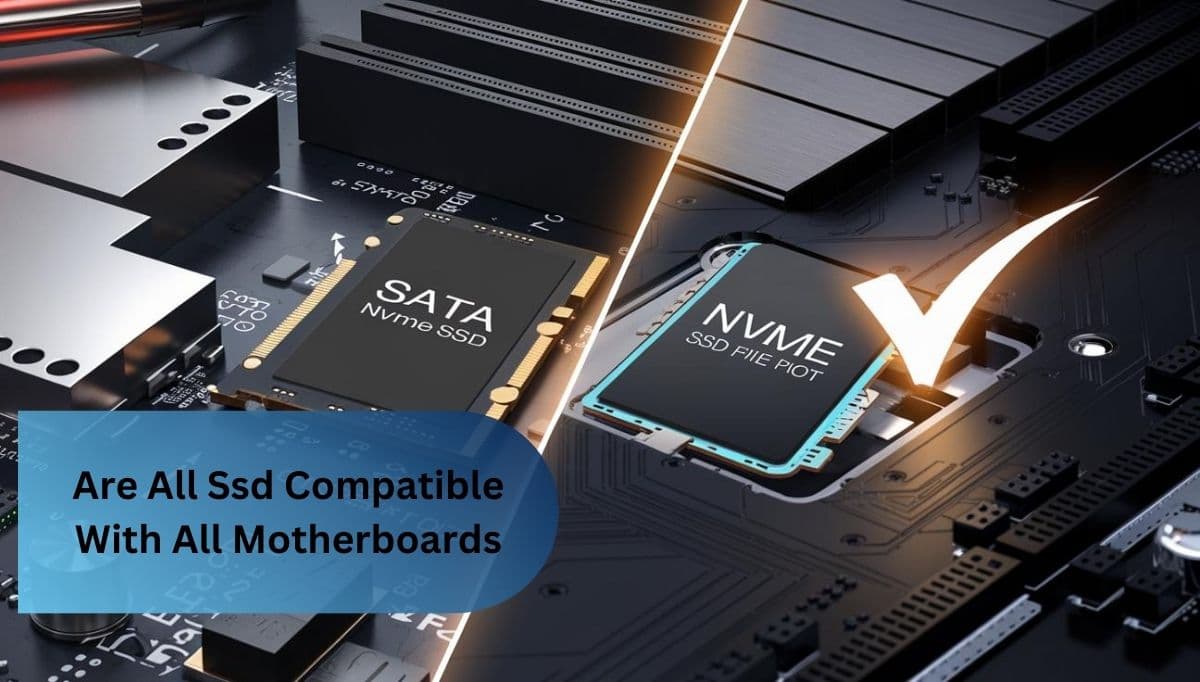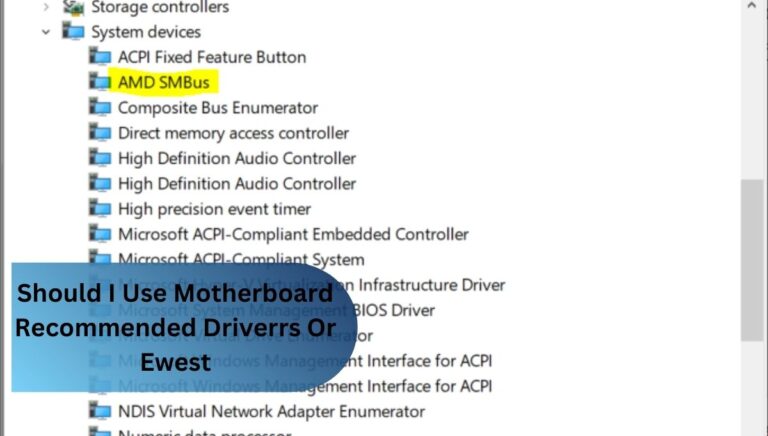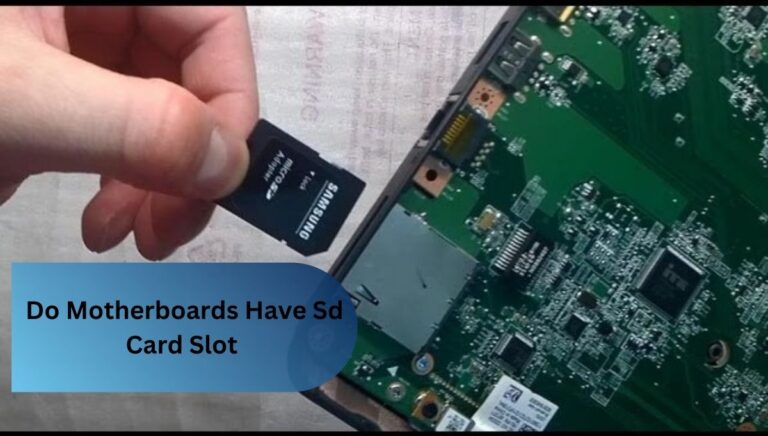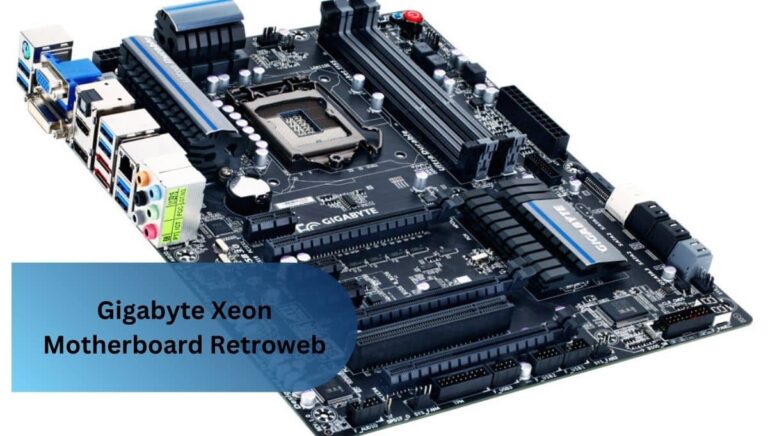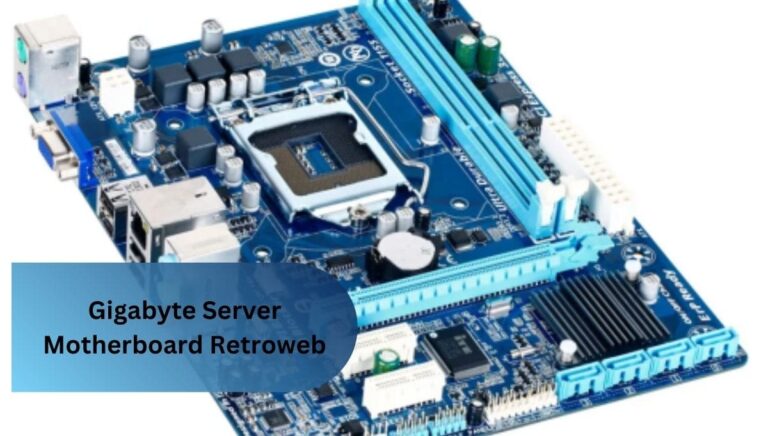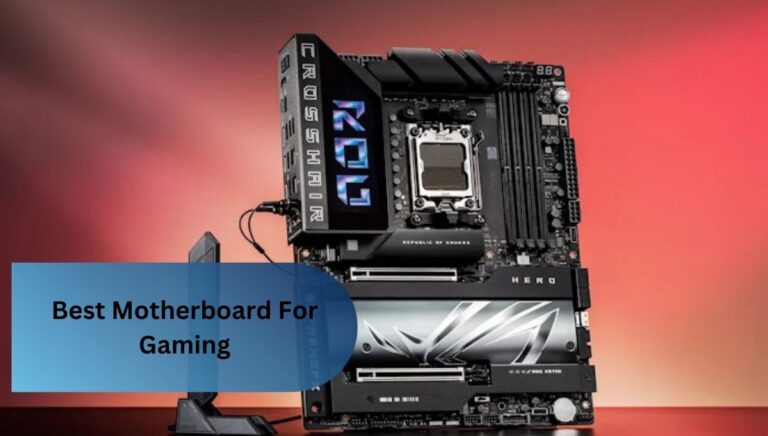Are All Ssd Compatible With All Motherboards – Discover The Possibilities!
Not all SSDs are compatible with every motherboard. I learned this the hard way when I bought an NVMe SSD for my older motherboard, only to find it only supported SATA SSDs. Always check your motherboard’s specifications to ensure a smooth upgrade experience!
Not every SSD is a suitable partner for all motherboards. SATA SSDs need specific SATA M.2 slots, while NVMe SSDs require PCIe M.2 slots, so checking compatibility is essential before making a purchase.
What is an SSD?
An SSD, or solid-state drive, is a storage device that saves data using flash memory. Unlike traditional hard drives, SSDs have no moving parts, making them faster and more reliable for loading applications and booting up your computer.
When considering whether all SSDs are compatible with all motherboards, it’s important to understand that there are different types, such as SATA and NVMe. Each type has specific connection requirements on your motherboard, which affects compatibility. Therefore, always check your motherboard’s specifications before buying an SSD to ensure it will fit smoothly into your system.
What Are The Different Types Of Ssd For Motherboard?
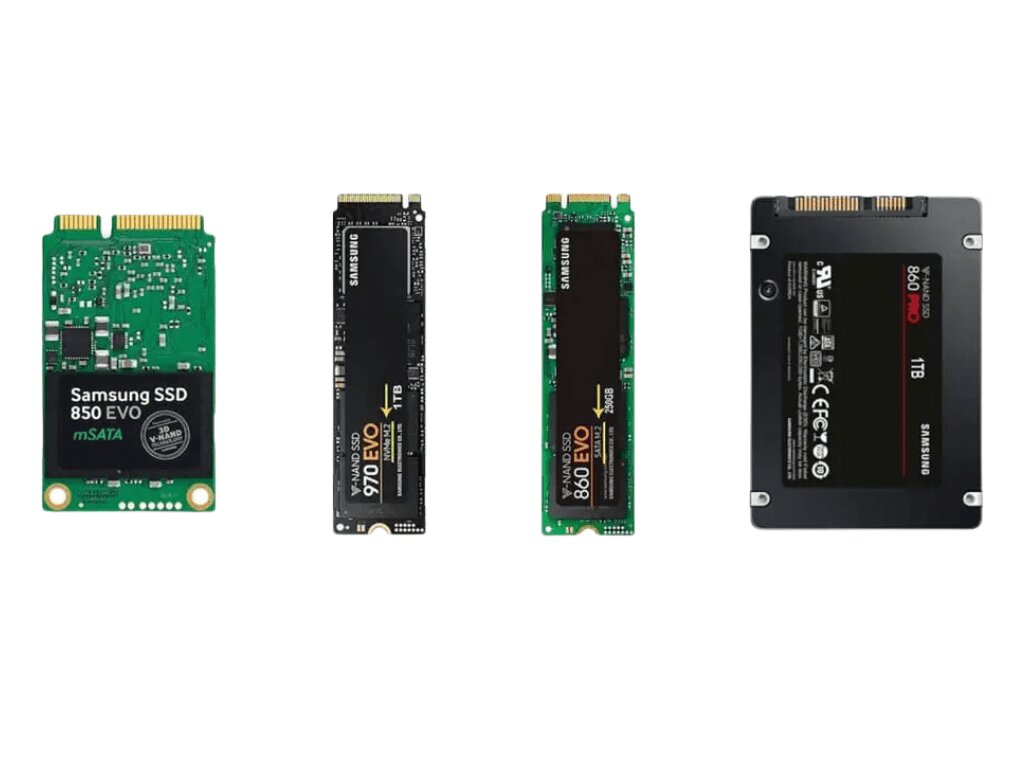
There are several types of SSDs available for motherboards, each with unique features and compatibility requirements. Understanding these types is crucial when considering whether are all SSD compatible with all motherboards. Here’s a breakdown:
1. Types of SSDs:
- SATA SSD: This is the most common type and connects through the SATA interface. While they are generally slower than other types, they are often more affordable. Keep in mind that are all SSD compatible with all motherboards will depend on whether your motherboard supports SATA connections.
- NVMe SSDs use the PCIe interface, providing significantly faster speeds compared to SATA SSDs. They are perfect for demanding tasks like gaming and video editing, so be sure to check if your motherboard includes a PCIe M.2 slot for compatibility.
- M.2 SSDs are a type of storage that can use either SATA or NVMe technology, making them compact and easy to install directly on the motherboard. It’s crucial to know that not all M.2 slots support both types, so always check your motherboard’s compatibility before choosing an SSD.
- PCIe SSD: These are dedicated SSDs that connect directly to the PCIe slots on the motherboard. They offer high-speed data transfer but require specific motherboard support. Therefore, confirming are all SSD compatible with all motherboards is vital for a successful installation.
Can I Transfer Data From One Ssd To Another?
1. Understanding SSD Data Transfer:
Understanding SSD data transfer is essential for anyone looking to move files between drives. You can easily transfer data by connecting both SSDs to your computer and using simple methods like copy and paste or specialized cloning software. Before starting, it’s crucial to check if are all SSD compatible with all motherboards, as this will ensure a smooth transfer process without any compatibility issues.
2. Methods for Data Transfer:
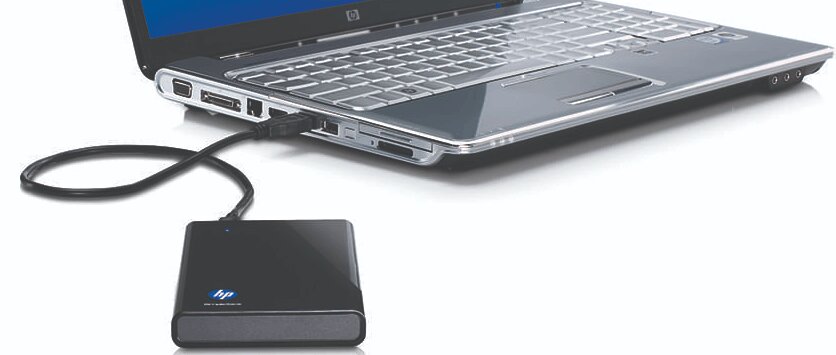
- Direct Copy and Paste: Connect both SSDs to your computer, open File Explorer, and drag and drop files from one SSD to the other.
- Cloning Software: Use software like Macrium Reflect or Acronis True Image to create a complete copy of your old SSD, including the operating system and applications.
- Backup and Restore: Back up your data to an external storage device and then restore it to the new SSD using backup software.
- Disk Management Tools: Use built-in disk management tools in your operating system to format and prepare the new SSD for data transfer.
- External Enclosure: Place the old SSD in an external enclosure to connect it via USB, allowing you to transfer files easily to the new SSD.
3. Tips for Successful Transfer:
To transfer data smoothly between SSDs, always back up your important files first to avoid any loss. Ensure both SSDs are correctly connected, and use trusted methods like cloning or copying for the transfer. After the process, verify that all data has been successfully moved before formatting the old drive.
Is Crucial Ssd Good For Gaming?
Crucial SSDs are a great choice for gaming, offering faster load times, improved performance, and reduced in-game stuttering. With the ability to read and write data much quicker than traditional hard drives, SSDs can enhance your overall gaming experience, allowing games to load faster and run more smoothly. Crucial SSDs are known for their reliability and value, making them a solid option for both casual and serious gamers.
1. Key Benefits for Gaming:
- Faster Load Times: Games launch quicker, and levels load in seconds.
- Improved Performance: Reduces in-game lag and stuttering, providing a smoother experience.
- Durability: With no moving parts, SSDs are less prone to failure, even under heavy gaming use.
- Reduced Power Consumption: SSDs consume less power than traditional drives, which can be beneficial for gaming laptops.
Which Ssd Will Fit My Laptop?
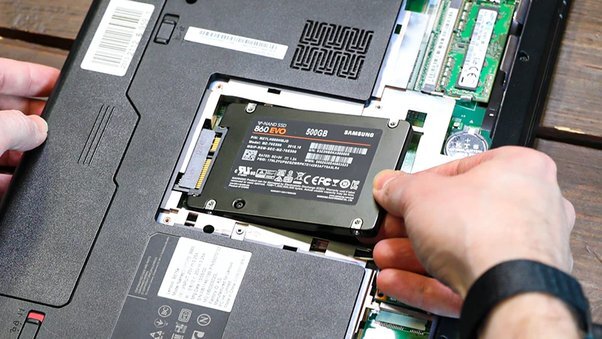
- Check Laptop Compatibility: First, find out if your laptop supports SATA or NVMe SSDs by checking the user manual or system specifications.
- Determine the Size: Laptops usually use 2.5-inch SATA SSDs or M.2 SSDs. Make sure to know which size your laptop requires.
- Storage Capacity: Choose an SSD with enough storage for your needs, usually 250GB, 500GB, or more depending on your usage.
- Interface Type: Ensure that your laptop has the right slot for either SATA or PCIe NVMe SSDs, as these have different connectors.
- Installation Space: Confirm that your laptop has enough physical space to fit the SSD, especially for M.2 models, which come in different lengths.
FAQ’s
1. How do I know what SSD is compatible with my motherboard?
To check SSD compatibility with your motherboard, review your motherboard’s manual or specifications to see if it supports SATA or NVMe SSDs. You can also inspect the available slots on your motherboard, such as M.2 or SATA ports, to ensure the correct fit.
2. What’s the difference between SATA and NVMe?
SATA SSDs use an older interface, providing decent speeds but limited compared to newer options. NVMe SSDs, on the other hand, are much faster, using the PCIe connection for quicker data transfer and improved overall performance.
3. Is SSD for laptop the same as desktop?
Laptop and desktop SSDs generally perform the same but differ in size and form factor. Laptops usually require smaller SSDs like M.2 or 2.5-inch, while desktops can accommodate larger drives with more installation options.
4. How do I find my SSD slot on my motherboard?
To find your SSD slot, check your motherboard’s layout or manual for the location of the M.2 or SATA ports. You can also physically inspect the motherboard for labeled slots where the SSD connects.
5. How many SSD can fit on a motherboard?
The number of SSDs you can install on a motherboard varies based on its design and the slots available. Typically, most motherboards come with multiple M.2 slots and several SATA ports, enabling you to set up several SSDs at once for enhanced storage capacity.
Conclusion:
Not all SSDs are compatible with every motherboard, so it’s important to check the specifications. By understanding the differences between SATA and NVMe, as well as the available slots, you can make an informed choice.
Always ensure that your motherboard supports the type of SSD you want to install for a seamless upgrade experience.
